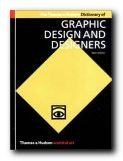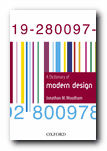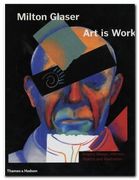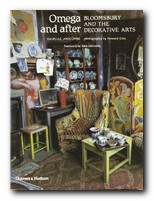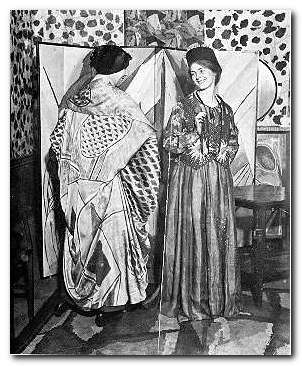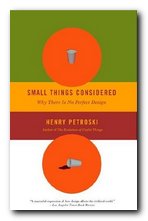themes, principles, and categories of design
John Heskett kicks off this brief study by defining the term ‘design’ and shows fairly convincingly that it can cover a wide range of activities which affect “the forms and structures of the immediate world we inhabit”. There follows a quick gallop through historical attitudes to design problems, before getting under way with a look at the relationships between ‘form’, ‘function’, and ‘utility’. His focus is on design theory considered by categories (objects, communications, environments) rather than looking at the work of individual designers – though plenty of these are considered en passant.
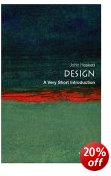 By ‘communication’ he means the vast array of two-dimensional materials that play such an extensive role in modern life. For this read advertising, print, television, street signs, and web sites, plus hybrids such as the online promotional video. Once again he looks at general principles, but gives mention to individual designers such as David Carson, Milton Glaser, and Paul Rand.
By ‘communication’ he means the vast array of two-dimensional materials that play such an extensive role in modern life. For this read advertising, print, television, street signs, and web sites, plus hybrids such as the online promotional video. Once again he looks at general principles, but gives mention to individual designers such as David Carson, Milton Glaser, and Paul Rand.
On environment (interior and exterior design) he makes some interesting comparisons between America and Japan. Homes are much bigger in the USA, and the domestic appliances tend to be bigger and more old-fashioned. In Japan space is at such a premium that everything tends to be miniaturised, computerised, and designed to be stacked vertically, not horizontally
I was surprised he didn’t follow the logic of his own arguments here to consider the design of external environments such parks, airports, and other public spaces.
The design of ‘identities’ considers the sort of total corporate makeovers of the kind which Peter Behrens invented for the German electrical giant Allgemeine Elektrizitäts Geselschaft (AEG). He also considers disastrous examples, such as BA’s badly-judged, sixty million pounds re-launch of its visual identity with the much-mocked multicolour tailfins
Image is a projection of how a company would like to be understood by customers; identity is the reality of what a company delivers as experienced by customers. When the two are consonant, it is possible to speak of corporate integrity. If a gulf opens up between the two however, no amount of money flung at visual redesigns will rebuild customers’ confidence.
There’s a chapter on the relationship between design and business management and the politics of design in a national context which will be of particular interest to anyone with serious career ambitions.
He concludes with a glimpse into future possibilities, which gives him the chance to raise the issue of social responsibility in design – at which point I was delighted to note that he gave mention to Trevor Bayliss’ clockwork-powered radio.
This book was first issued as Toothpicks and Logos three years ago, and I have to say that placing it in the context of these ‘very short introductions’ has probably enhanced its value.
© Roy Johnson 2005
John Heskett, Design: A Very Short Introduction, Oxford: Oxford University Press, 2005, pp.148, ISBN: 0192854461
More on design
More on media
More on web design
More on information design

